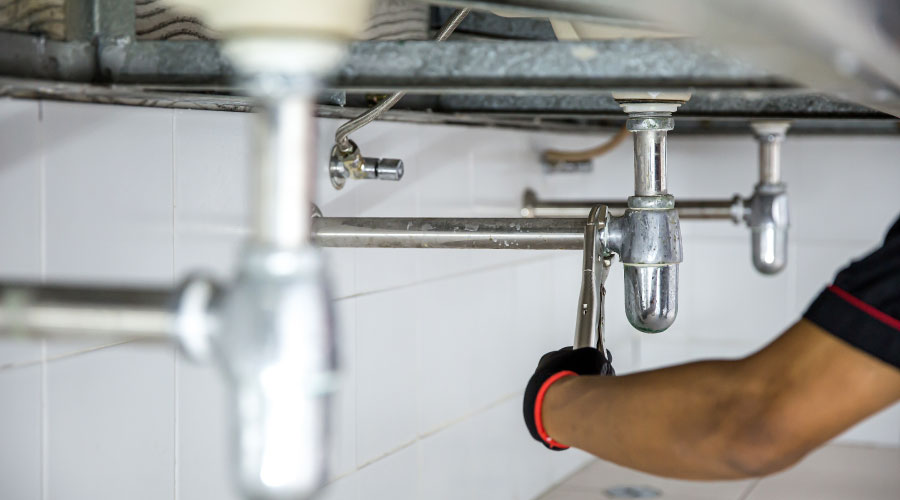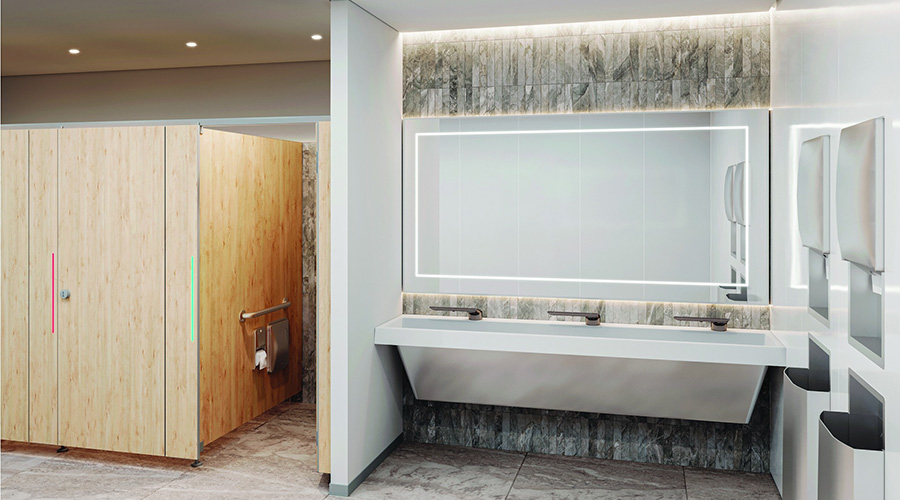Hand Dryers, Soap Dispensers Go Touchless
The typical commercial and institutional restroom has undergone a major revitalization effort that is changing everything from the way maintenance departments operate and maintain it to the way users perceive it. The driving force behind this revitalization effort is the desire to provide a clean and sanitary environment for users while reducing maintenance and utility costs.
What has made this effort possible? The development and evolution of touchless technology.
Satisfactory restroom performance has long been one of the most difficult challenges facing engineering and maintenance managers. Few areas within a facility generate more complaints than restrooms, so keeping the restroom clean is a challenge. Maintaining adequate supplies of consumables also is a challenge.
And because restrooms are one of the largest users of water in the typical commercial and institutional facility, minimizing utility costs without compromising cleanliness also presents a major challenge.
When touchless products for the restroom arrived on the market more than 20 years ago, managers quickly recognized their potential for improving restroom performance, both in terms of improved sanitation and reduced maintenance costs. While some of these products were successful and widely accepted, others never quite lived up to their manufacturer’s claims.
Some were unreliable, operating when they were not supposed to or failing to operate when they were needed. Others were bulky and unsightly, frequently becoming targets for vandals. Still others required extensive changes in wiring and plumbing within the restroom, making their installation disruptive and expensive.
Technology Evolves
In spite of these problems and limitations, the use of touchless technology in restrooms has slowly gained acceptance. Their acceptance among managers in many types of facilities is related directly to their benefits.
Just as importantly, the number and types of touchless controls available for use in restrooms has expanded greatly in recent years. While the original touchless controls were limited to use with flush valves, touchless controls now are available for applications on soap dispensers, paper-towel dispensers, and hand dryers.
Several manufacturers also recently introduced touchless controls for toilet-tissue dispensers. And testing is underway for their use on restroom and restroom stall doors, thus creating the potential for a totally touchless restroom.
Related Topics:














